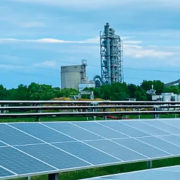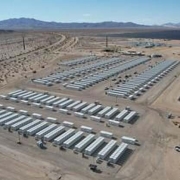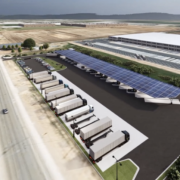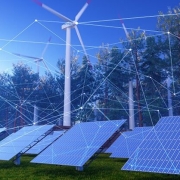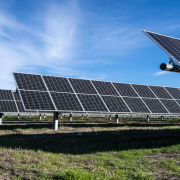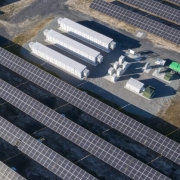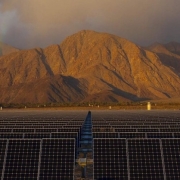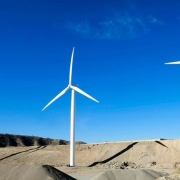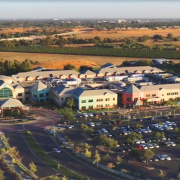Holcim US is going to install a 25-megawatt (MW) solar farm at its Michigan cement factory that will generate more than 30% of the plant’s power.
Holcim has pledged to power all of its US operations with 100% clean energy by 2030, and its latest move sees solar developer NorthStar Clean Energy installing an onsite solar farm on 100 acres at Holcim’s Alpena, Michigan, factory. The new solar array will produce over 30% of its current energy demand, and it will boost the factory’s clean energy to meet 75% of its electric power needs.
Manufacturing cement is energy-intensive and produces a lot of CO2 emissions. Each pound of concrete made releases 0.93 pounds of CO2. In fact, the cement industry is responsible for about 8% of global emissions – that’s far more than aviation, which sits at more than 2%.
Click here to read the full article
Source: electrek
—
If you have any questions or thoughts about the topic, feel free to contact us here or leave a comment below.

